The Imprint of Expression: A Timeline
The abstract expressions of human psychology and symbolic illustrations of myths, morals, life, culture and philosophy have undoubtedly reflected through the ages in art
Atreyee Bhattacharjee
Ever since the prehistoric era, art was seen as the most convenient media for direct and indirect communication. An expressive code of human genetics; art evolved and soon formed a chronology of cultures in the society and in the history of human evolution. Its journey of expression, birthed in the dark, shadowed atmosphere of cave walls, travelled far and wide till it reached the modern contemporary era.
The Mona Lisa, one of the legendary paintings by Leonardo da Vinci, is a great example of sublime expressions in art. The artwork’s evolution over time, crossed miles and found itself to be extremely advanced and free.
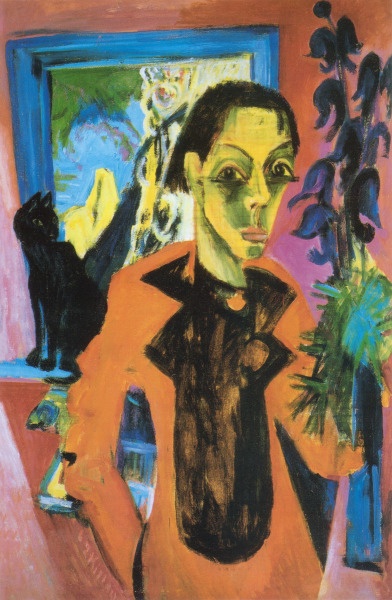
Yet, in order to notice the multi-angular perceptions in the history of art movements, one may observe German Expressionism. The 20th century art movement of the Germans emphasized an artist’s deep feelings and ideas over a replication of reality. The movement on the whole was characterised by simple shapes, bright colours and gestural marks or brush strokes.
Die Brücke was a German expressionist group formed in Dresden in 1905. It developed a radical and an anti-traditional style which could be characterised by vivid non-naturalistic colours and emotional tension. The manifesto of 1906 stated, ‘We want to achieve freedom of life and action against the well established older forces’. Translating this under the artistic terminology meant freedom involved in blending elements of old German, African and South Pacific tribal art with Post-Impressionism and Fauvism to create a distinctive modern style.
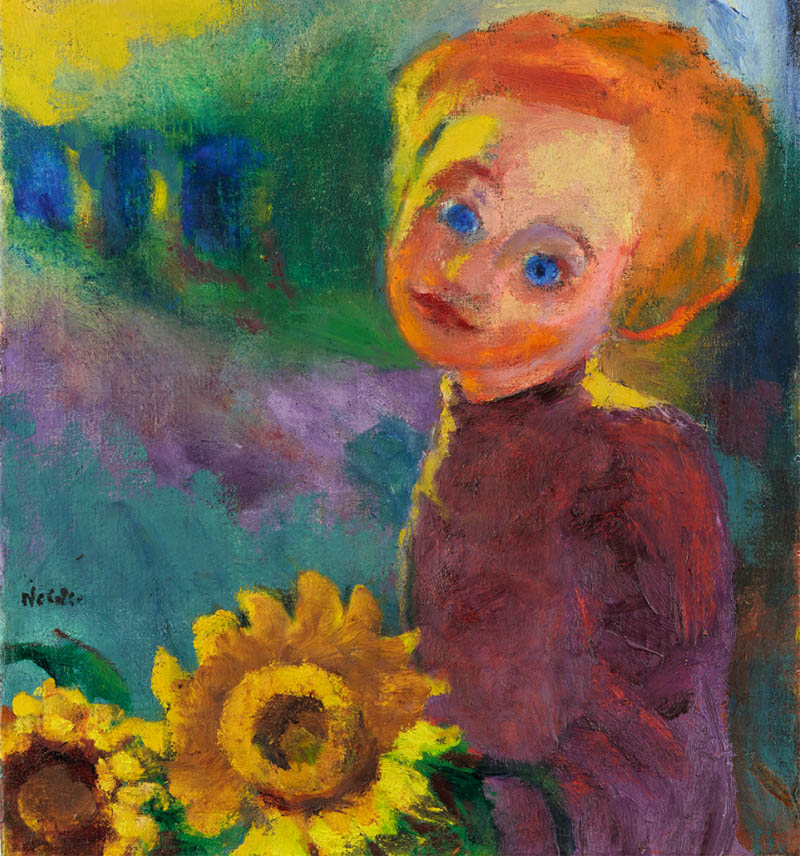
In life though, Die Brücke sought a return to a more direct relationship with nature. This is expressed strikingly in their pictures where they bathe nude in the lakes near Dresden. Emil Nolde and Ernst Ludwig Kirchner were the notaries among the expressionist groups.
Moving on to Surrealism, the movement of visual arts and literature flourished in Europe between World Wars. Surrealism principally grew out of the earlier Dada movement, which prior to World War I produced works of anti-art that deliberately defied reason. But Surrealism’s emphasis was not on negation but on positive expression. The movement represented a reaction against what its members saw as a “destructive wrought” by rationalism that guided the then European culture and politics.
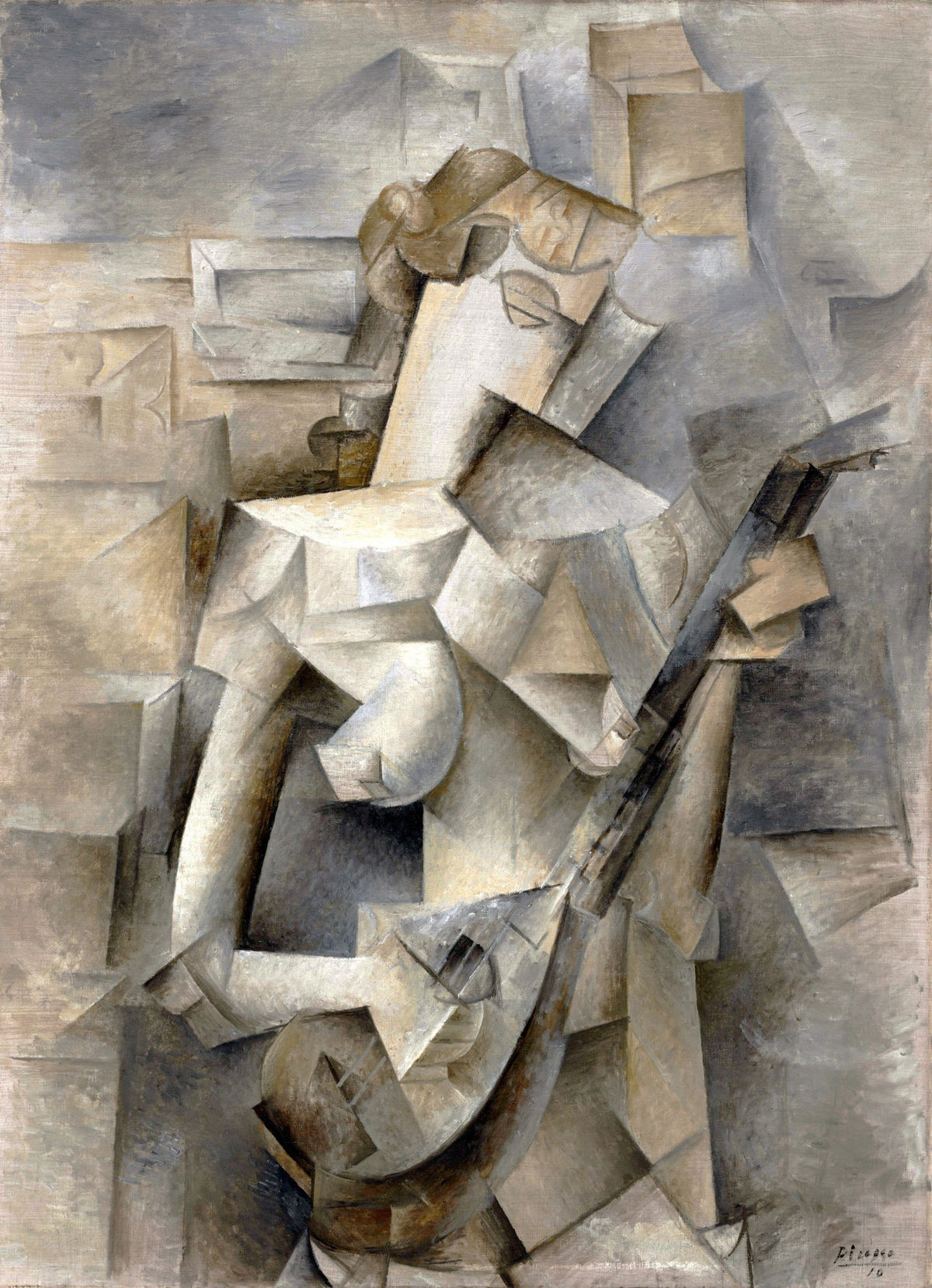
Speaking of World Wars, Pop Art is an art movement that emerged after World War II in the 1950s and flourishing in the 1960s in America and Britain. It’s a movement which drew inspiration from popular and commercial culture. Various cultures and countries contributed to the movement during the 1960s and the 70s. It began as a revolt against the dominant approaches to art, culture and traditional views on what art ought to be. Young artists felt that what they were taught at art school and what they saw in museums, did not have anything to do with their lives or the things they noticed around them every day. Hence they turned to sources such as Hollywood movies, advertising, product packaging, pop music and comic books for their imagery.
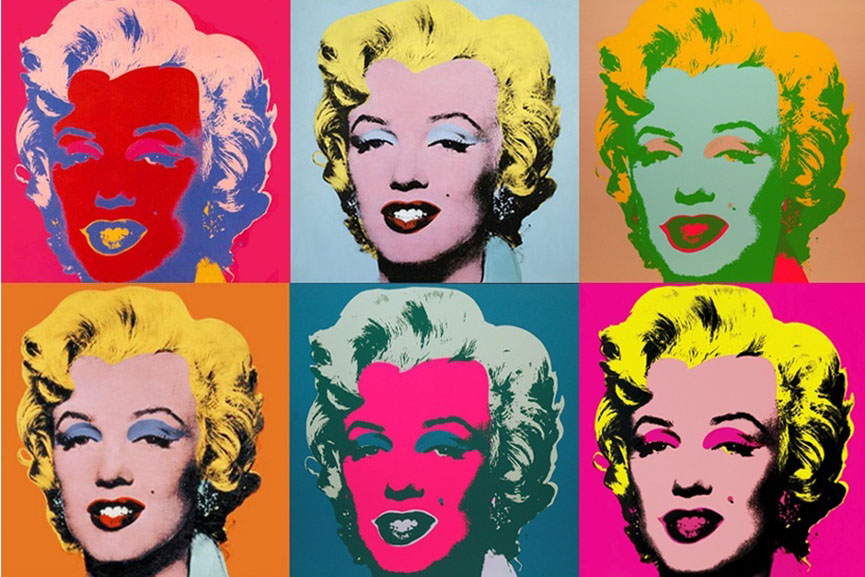
With all of these movements, we can easily identify several expressive languages of art by the artists of said eras. The journey of expression in art not only restricted itself to the western art movements but also influenced world art widely.
One may look over the classical period of Indian Art and Architecture, the widely popular approach of Symbolism, to achieve a clear sense of why we call it Symbolic (Coded) Illustrations of Mythology and Philosophy.
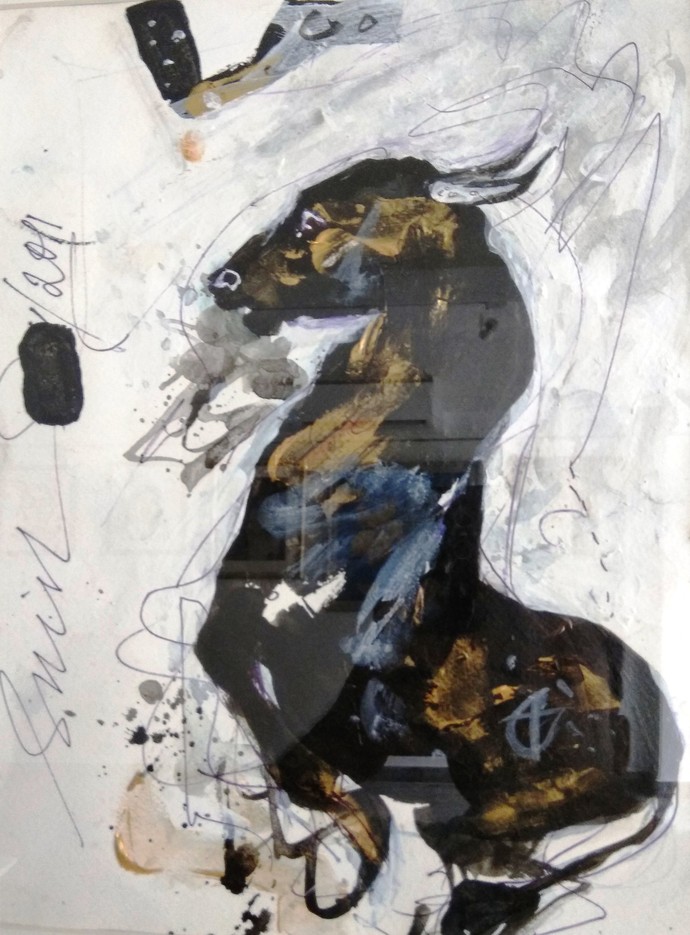
Expression and symbolism were both intimate parts of Indian aesthetics’ every sector, and it’s because of that the metamorphosis of expression today is very prominent in contemporary art. The subjects, thoughts, psychological representation, multimedia and materialistic experiments in work, and expression of composition, all can be distinguished in Contemporary Modern Art.
Rather than the old school strategies, the new age of experiments are followed these days and its expression resides as one of the main elements in Contemporary Art. Be it an expression of characteristics, formatics, structures or abstracts, all categories are formulated and nourished with conceptual expression in Contemporary Indian Art. Similarly, the worldwide depiction of materialistic experiments (Installations, digital mixed media, surface and textured arts, recycling waste materials, compositions with e-waste, street performances, body art, photo and Video installations etc) are highlighted based on the expressive aspects in art to imprint a mark for the future as well as one in the history of aesthetics and art.
Share